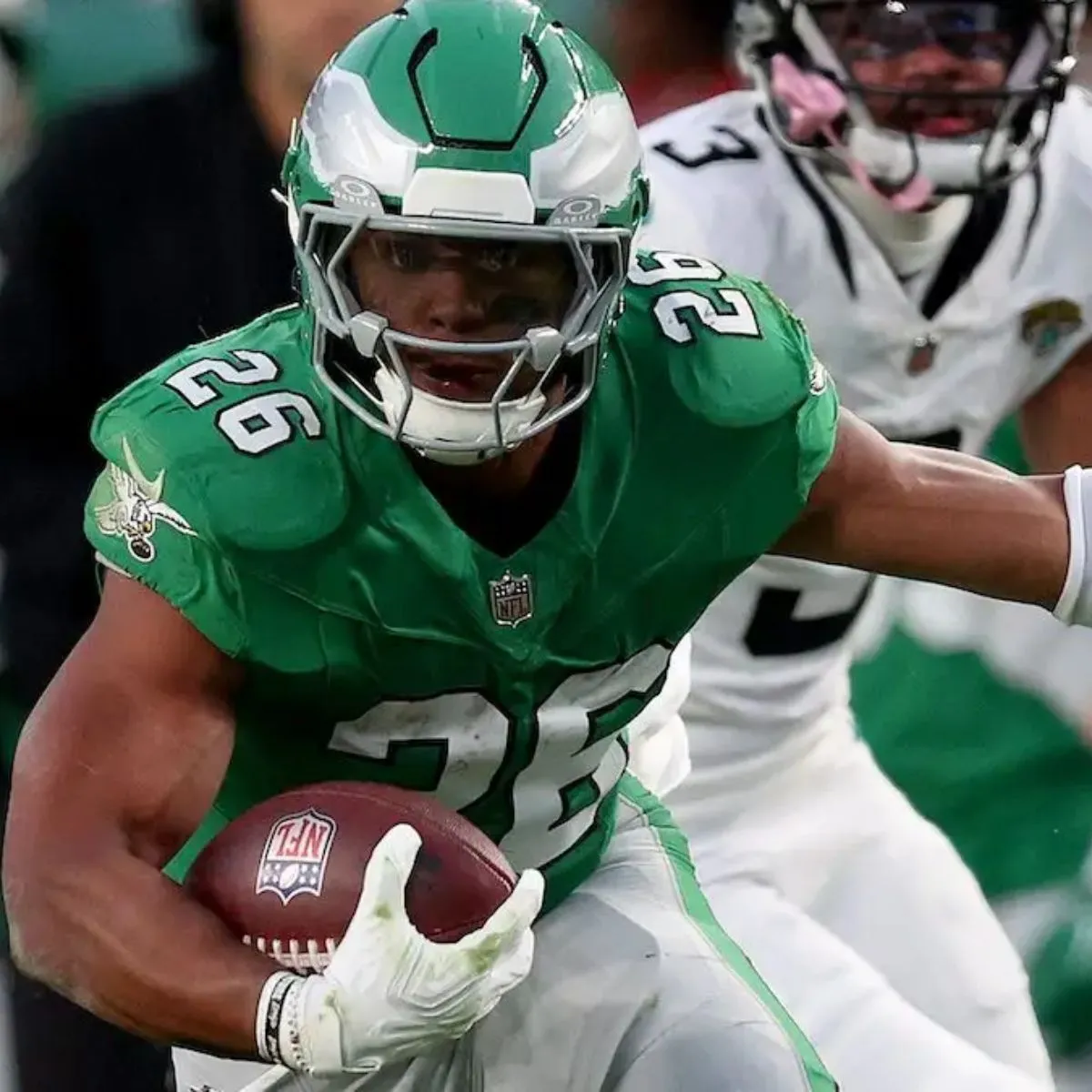The 1970s are remembered as one of the most exciting eras in heavyweight boxing history. Earnie Shavers, George Foreman, and Ron Lyle all had explosive power. While some credit Foreman as an all-time great based on his brutal knockout of Joe Frazier,his fight with Lyle is often called one of the best heavyweight bouts that ever took place. It was an exciting fight, with both boxers tasting the canvas before Big George scored a knockout over Ron.

Earnie Shavers’s reputation rests on his one-round kayos of Ken Norton and Jimmy Ellis and even more so on two fights he lost. Those losses were his fifteen-round fight with Ali, where he rocked the aging champ time and again, and his second fight with Larry Holmes for the world title. Before Larry was champ, he had lost a one-sided decision to Holmes in 1978. His win over Norton landed him a shot at Champion Holmes in 1979.
Their second fight appeared to be a repeat of their first encounter until the 7th round when Earnie hit Holmes with a devastating right hand that put the champion down flat on his back. Holmes survived the round and went on to stop Shavers in the 11th round. Larry won every round other than the 7th.
The fights I mentioned above are all still widely discussed and repeatedly viewed on YouTube. There is nothing like the big punchers to get a fight fan’s adrenalin pumping. However, being a big puncher by itself does not make someone a great fighter. There is more to boxing than just having power. This is proven by another contender from the 1970s who has slipped from view as time has passed; Jimmy Young.

Jimmy Young was a savvy boxer out of Philadelphia who became well known when he challenged Muhammad Ali for the title in 1976 in a nationally televised fight. He wasn’t given much of a chance against the champion but surprised the public when he gave Ali more than he could handle over 15 rounds, losing a hotly contested decision.
Most people don’t recall that Young took on both Lyle and Shavers before facing Ali. In 1973 Young was stopped in three rounds by Earnie, but the two fought again a year later, with the bout being ruled a draw even though just about everyone but the judges saw it as a clear victory for Young.

Two months later, Jimmy stepped into the ring as an underdog against Ron Lyle. After ten rounds, Young was given a one-sided decision, having easily outboxed Lyle. The two would fight again in 1976, with Young once again clearly defeating Lyle.
It should be remembered that both Lyle and Shavers fought Young before they faced Ali, so they were far from washed up and were able to give The Greatest a couple of his toughest fights. Nevertheless, Young certainly fared better and took less punishment from these big punchers than Ali did.
And let’s not forget Jimmy Young’s fight against the man who was not only rated the hardest puncher of the 1970s and, by many, the hardest puncher of all time, George Foreman.
Big George appeared unbeatable after his destruction of Joe Frazier in 1973. He followed this up with a one-round kayo of Joe Roman and a second-round demolition of Ken Norton in 1974. He then lost the title to Ali later that year. While the loss tarnished his reputation, he was still looked upon as a feared puncher, and his bout against Ron Lyle in 1976 saw the fireworks fly between the two power punchers.

Foreman would continue on with a second knockout win over Joe Frazier and kayos over Scott LeDoux, John Dennis, and Pedro Agosto before facing Jimmy Young in 1977 in a fight in San Juan, Puerto Rico. Once again, the light-punching Young was given very little chance of beating the big guns, and once again, Jimmy proved his critics wrong. Jimmy out-boxed Big George and dropped the former champion in the final round of the fight. The win was decisive enough that Foreman retired after it.

So, here we have the man considered to be the lightest punching heavyweight of the 70s with three wins and a draw that he deserved to win against the biggest punchers of the era. Throw in the fact that he lost a hotly disputed decision to Ken Norton as well as the contested loss to Ali, and you are looking at a fighter with arguably the best record against the top fighters of the 1970s and certainly against the big punchers. Remember, Lyle was kayoed by Foreman, Shavers was kayoed by Lyle, Foreman kayoed Norton, and Ali kayoed Foreman. Young, with the exception of his first loss to Shavers, in what was only Young’s 10th fight as opposed to Shaver’s 44th, and you have a man who did better against each of these men than they did against one another with the exception of Ali vs. Foreman. And, if the judges had been seeing more clearly, they would have had the wins against Norton and Ali. It’s also notable that Ali would never again fight Jimmy.
It’s interesting to note that had things gone just a slight bit differently, and if Jimmy Young had not been handled by the mob (that’s another story worth telling), he might be the man remembered as the best fighter of the 1970s, while also the lightest punching one.



